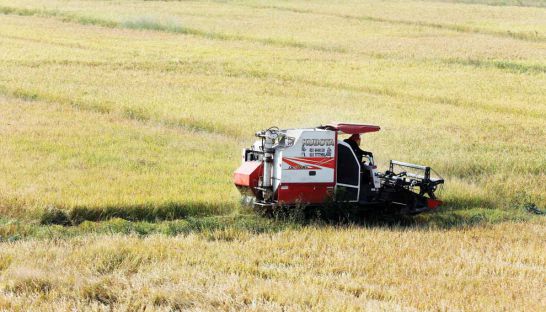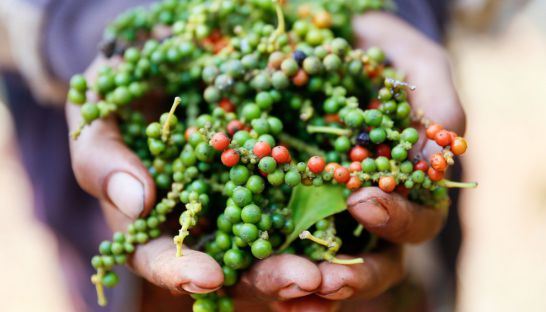Emergency rice fund beefed up
Emergency rice fund beefed up
The government is pumping more money into its emergency rice loan fund ahead of next month’s rice harvest, raising the fund’s total capital to $50 million despite millers showing little inclination to borrow from it last season.

Kao Thach, CEO of the state-owned Rural Development Bank (RDB), said yesterday that the government had officially signed off on an additional $23 million for the fund, which he said should be sufficient to prop up the struggling rice sector.
“The government recently approved another $23 million to help the rice industry, and the new budget will be used to support millers who have insufficient funds,” he said yesterday.
The government launched the fund with $27 million last September in response to private-sector demands for support following two consecutive years of drought and falling rice prices that threatened to collapse the local industry.
The fund was intended to provide low-interest loans to rice millers via RDB that would allow them to purchase and store more rice paddy – a move expected to improve the prices paid to farmers.
While Thach admitted that just $3.5 million of the $27 million made available was utilised, he insisted that millers would respond more assertively in the coming season.
“Even though little was used from the previous package, the private sector still claimed that [$27 million] would not be enough for this season as demand for the loans is predicted to increase,” he said, adding that the reason why the first package appeared unsuccessful was because millers were apprehensive over the instability of the market.
Thach said while no millers had come forward yet to apply for the emergency loans, he expected applications to begin trickling in by the end of the month.
The government-backed aid package has morphed since its conception, with part of the initial $27 million being opened up to the struggling corn sector last month. So far the RDB has provided only one loan to the corn sector worth $20,000, backed by 1,500 tonnes of corn stock as collateral, according to Thach.
He explained that the fund’s initial $27 million would still be available to either the corn or rice sector, while the additional $23 million was earmarked solely for the rice industry.
“In total, with the available loan for the rice industry now at $50 million, interest rates will be lower at 5 percent annual interest,” he said.
“However, the criteria for accessing the loan will be the same, based on the stocks of paddy rice as collateral.”
Regardless of the additional financing, Tang Chhong Ngy, marketing manager of rice miller LBN Angkor (Kampuchea), said rice millers still had the same concerns over meeting the RDB’s collateral requirements.
“The loan is necessary for rice millers, but the collateral is not in line with reality, which is why many have not been able to access the funding,” he said. “The criteria for applying loans can work only for big rice millers and exporters, not for small shareholders.”
The crux of the problem, he added, was that “the loan is meant to help the rice sector, but it does not realise the reality and complexity of the industry”.
Phou Puy, CEO of Thaneakea Srov (Kampuchea) Plc, which operates the country’s first large-scale “rice bank” storage facility in Battambang province, said that not only was the industry struggling financially, millers had previously failed to invest in warehousing as farm production increased. However, he was optimistic that rice millers would be better prepared for the upcoming harvest.
“The government has studied the market demand and is well prepared for the coming season,” he said. “We in the private sector are making better preparations to be capable of applying for the loan as we expect this harvest season to be huge and we don’t want to face any storage shortages.”
Cambodia exported about 542,000 tonnes of milled rice last year despite the impact of adverse weather on local crops. Exports are expected to increase this year after China doubled its annual import quota to 200,000 tonnes and Bangladesh announced it was considering an import deal to purchase 1 million tonnes of Cambodian rice within the next five years.














